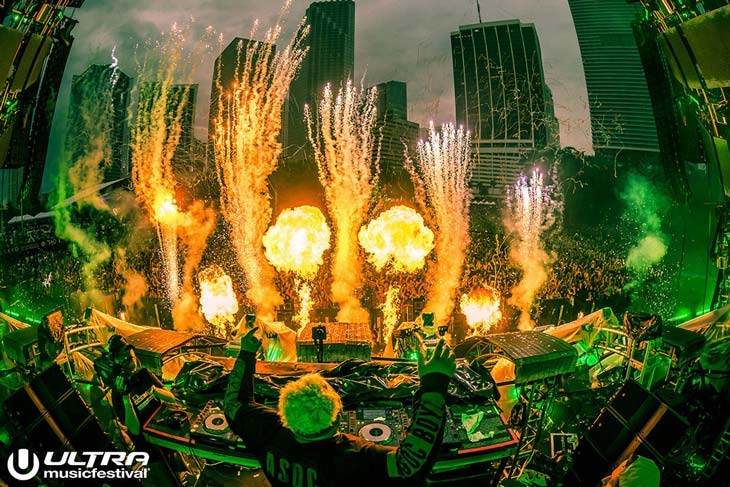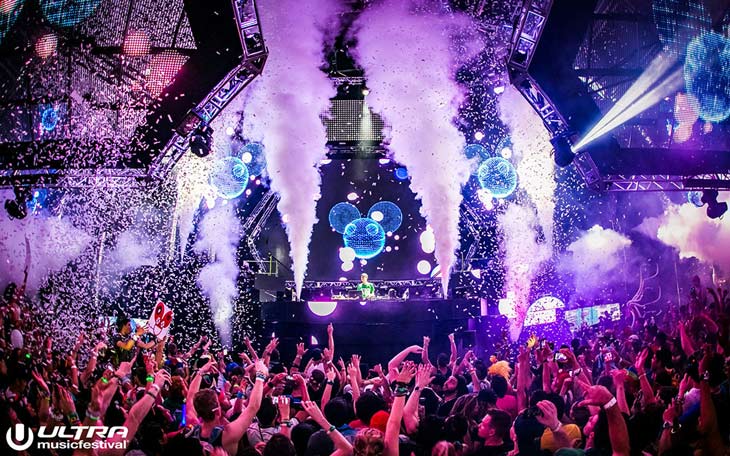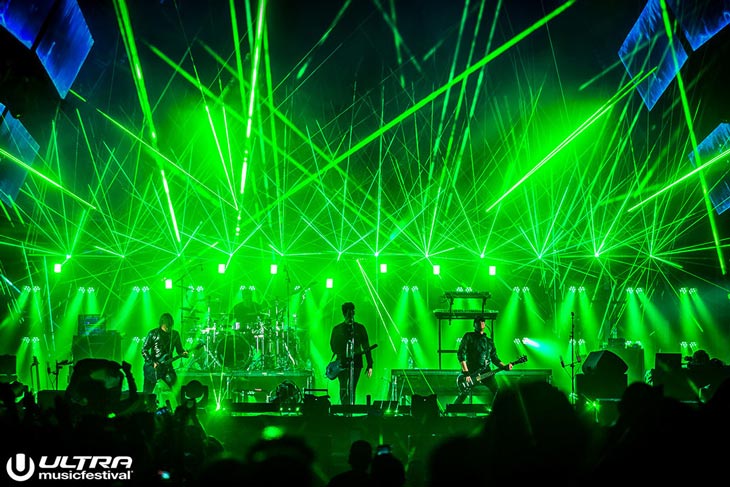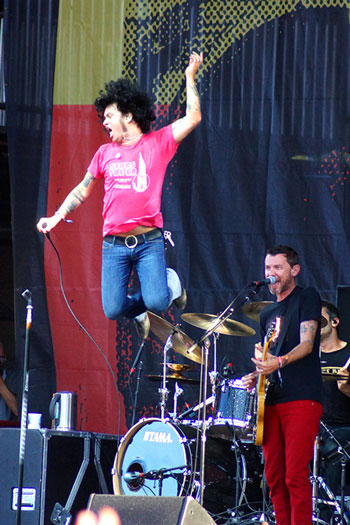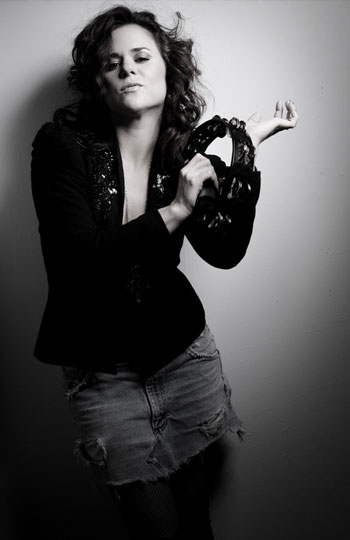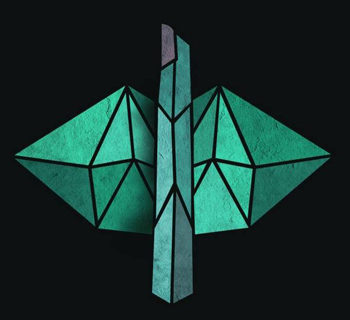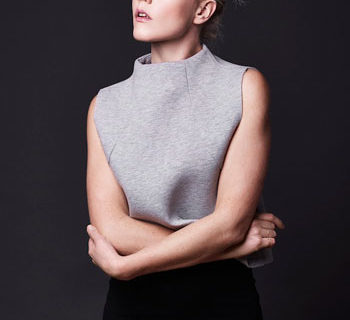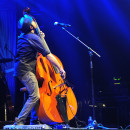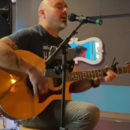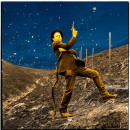What Ultra Music Festival 2016 Tells Us about the Future of Electronic Dance Music
How big can Electronic Dance Music (EDM) get? And what is even left for a style of music prone to sonic excess? The answers may be found in late March on the sandy beaches of Miami, where the philosopher-raver can observe the past and future of electronic music converge under the frenzied spotlights and pyrotechnic extravagance of Ultra Music Festival (UMF), the most technologically dazzling show on earth.
A look at 2016’s headliners and a rundown of its stages hints at where electronic music is going and where it has been. This year’s festival—running March 18–20—marked the 18th iteration of Ultra Music Festival. And like dance music in America, UMF has expanded rapidly since it debuted in 1999 with only 10,000 in attendance.
EDM is often profiled as a genre of syrupy kitsch, of twinkling LED glasses and empty proclamations of love exchanged between fucked up rich kids draped in garish neon. In a lot of ways, that reputation is well-deserved. It is has also since been appropriated by the commercial powers that be, leading to decidedly uncool corporate-musician alliances, where DJs are brands, ticket prices alienate entire classes of people, and the music can be all formulaic hooks and predictable drops at 120 BPM.
And all of this is still a feature at Ultra; this year Big Room House staples Avicii, Steve Angello, and David Guetta played tracks featured on Bud Light commercials to tens of thousands of people at the main stage. But as with electronic music as a whole, Ultra is not a one note affair. The festival has eight stages, each with a unique sound and spanning generations of talent, from the aging Ibiza veterans at the Carl Cox and Friends Tent to new talent at the Oasis.
EDM is often profiled as a genre of syrupy kitsch, of twinkling LED glasses and empty proclamations of love exchanged between fucked up rich kids draped in garish neon.
When I made the pilgrimage to Ultra in 2010, pop house predictably dominated the main stage. Elsewhere, electro house by the likes of Crookers and The Bloody Beetroots drew thrashing crowds of a generation raised on hardcore. But the biggest excitement of UMF 2010 came from Ultra’s first-ever dubstep stage, featuring Skream, Bassnectar, Nero and Rusko. Dubstep had emerged from the grimy cellars of East London to the international spotlight, but it was not yet at its 2012 peak.
There is no longer a dubstep stage. Oversaturation and commercialization killed dubstep, and trap is the new bass music du jour, the product of a natural alliance between dance music and hip-hop. 2016’s “time-and-place” stage is Resistance, a giant mechanical spider holding deep house and techno DJs playing sets you would expect to hear in an exclusive Berlin dance club guarded by a doorman with a facial tattoo.
The Resistance stage is aptly named and a clever response by festival organizers to the burnout of hyper-commercialized and formulaic EDM. It is the antithesis of so much else at Ultra, trading shiny pop and over-the-top bass drops for subtle progression and rhythmic bass. It is manned by heroes of Boiler Room, a hip web series that premiered in 2010 and features innovative dance music from emerging talent in intimate venues around the world. The groovy tech house of Hot Since 82 and deep techno of Dubfire channeled the emerging sound of the underground. It also shows that UMF and dance music continue to innovate, bumping boldly into the future.

